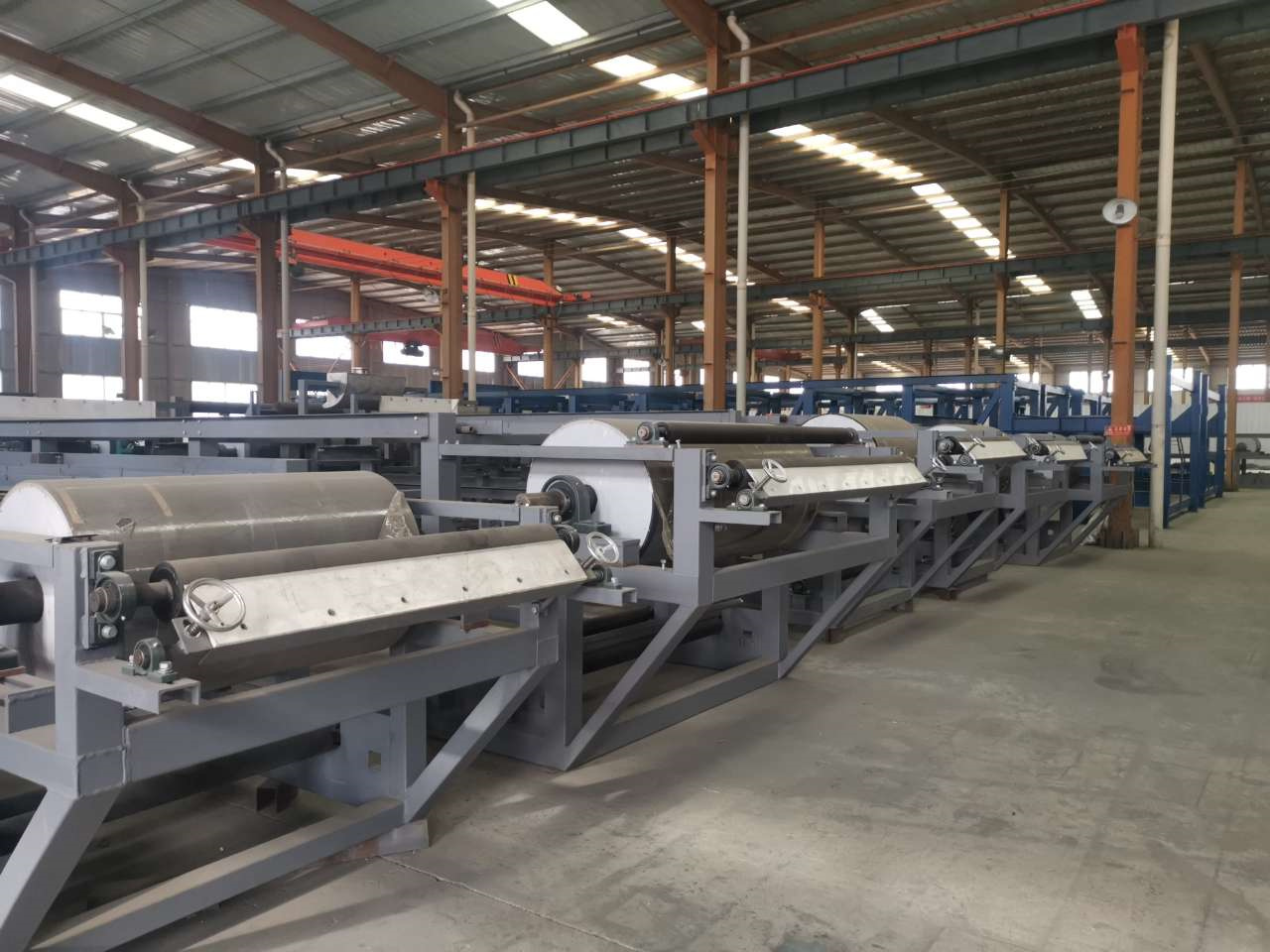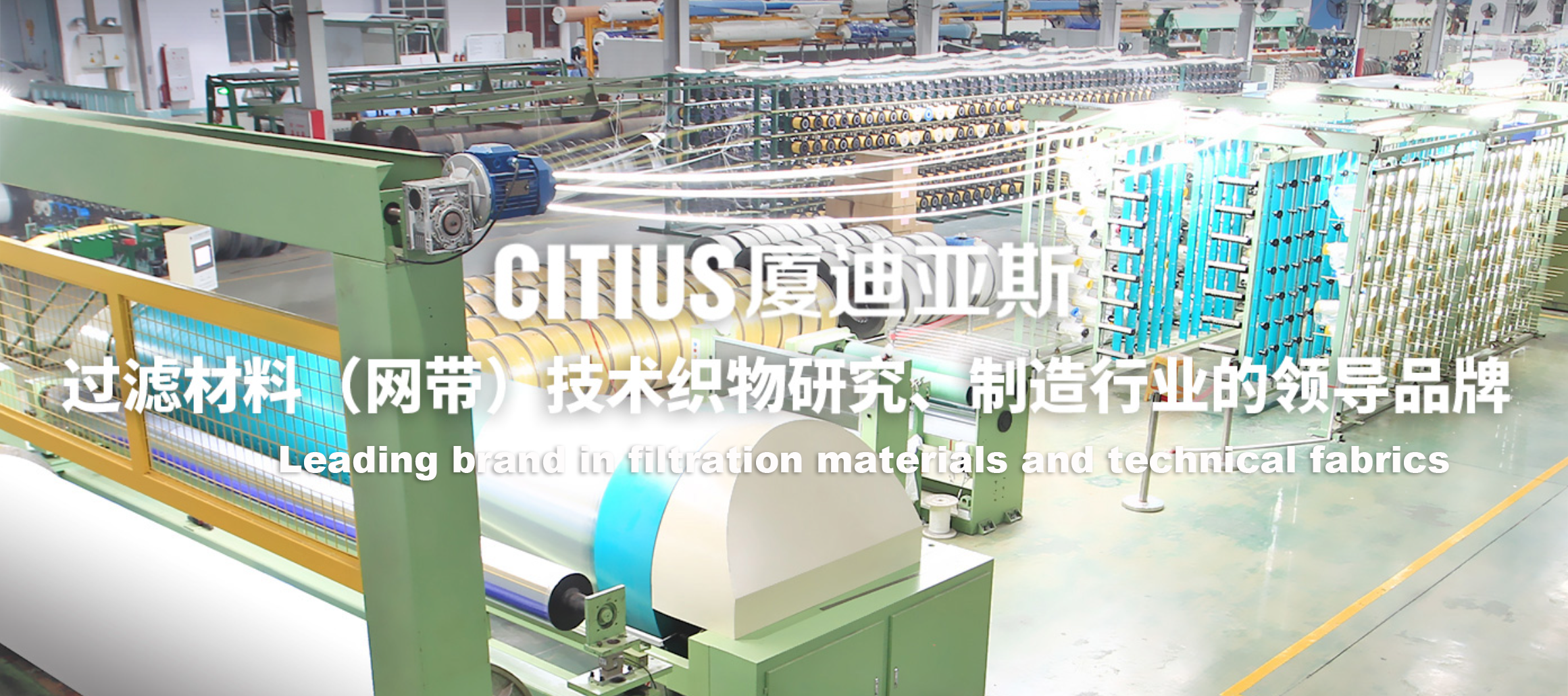


Application of Industrial Non-woven Fabrics in Filter Presses for Calcium Phosphate Filtration in the Chemical Industry
Share to
Detailed Description
In the filtration process of the chemical industry, the solid-liquid separation of calcium phosphate is one of the key links, usually usingfilter cloth of filter pressandindustrial non-woven fabricto improve filtration efficiency and filter cake dewatering performance.
1.What is calcium phosphate?
Calcium phosphate (Calcium Phosphate) is a class of inorganic compounds containing calcium and phosphorus, mainly found in minerals, bones, and teeth in nature, and is widely used in fertilizers, food additives, biomedicine, and chemical production.等领域广泛应用。
1.1 Main types of calcium phosphate
Common forms of calcium phosphate include:
Name
|
Chemical formula
|
Solubility
|
Main uses
|
|---|---|---|---|
Monocalcium phosphate (DCP)
|
CaHPO₄
|
Slightly soluble in water
|
Animal feed additive, calcium supplement for food
|
Dicalcium phosphate (DCPD)
|
CaHPO₄·2H₂O |
Slightly soluble in water
|
Fertilizers, toothpaste additives
|
Tricalcium phosphate (TCP)
|
Ca₃(PO₄)₂
|
Insoluble in water
|
Calcium supplement for food, dental materials
|
Hydroxyapatite (HAP)
|
Ca₅(PO₄)₃(OH) |
Insoluble in water
|
Bone repair materials, bioceramics
|
Calcium hydrogen phosphate
|
CaHPO₄
|
Slightly soluble in water
|
Fertilizers, food additives
|
1.2 Main uses of calcium phosphate
- Agriculture: Calcium phosphate is the main component of phosphate fertilizers (such as superphosphate), which can promote plant growth.
- Food industry: Used as a calcium supplement for food (such as dairy products, grain fortifiers) and food acidity regulators.
- Medical field: Used for calcium supplementation, dental materials, bone implant materials.
- Chemical manufacturing: Used in ceramics, glass, pigments, catalysts, etc.
1.3 Industrial production of calcium phosphate
Calcium phosphate can be produced by the following methods:
- Ore method: Phosphate rock (mainly composed of apatite) is treated with acid to obtain calcium phosphate through dissolution and precipitation.
- Chemical synthesis method: Calcium phosphate is obtained by dissolving phosphate in lime or calcium hydroxide, followed by reaction and precipitation.
2. Challenges in calcium phosphate filtration
Calcium phosphate is widely used in fertilizers, food additives, and chemical manufacturing processes, involving complex precipitation, crystallization, and solid-liquid separation during production. Due to the small size of calcium phosphate particles and their tendency to clog filter cloth, the choice of filter cloth is crucial.
3. The role of industrial non-woven fabric in calcium phosphate treatment
industrial non-woven fabricMainly used for pre-treatment before filtration or as an auxiliary filtration layer to enhance the overall stability of the filtration system. Non-woven fabric hasexcellent retention performance, uniform pore structure, and good chemical corrosion resistance, which can be used for:
- Pre-filtration: Prevent large particles from clogging the filter press filter cloth and extend its service life.
- Fine filtration: Used in conjunction with filter cloth to improve the purity of the final product.
4. Key factors in selecting the appropriate filter cloth
- Acid and alkali resistance: The production process of calcium phosphate involves acidic and alkaline environments, and the filter cloth has excellent acid resistance, making it suitable for such working conditions.
- Air permeability and filtration precision: The appropriate pore size and air permeability should be selected based on the solid content of the suspension to ensure clear filtrate and easy removal of filter cake.
- Mechanical strength: The filter cloth bears high mechanical pressure during the operation of the filter press, and high-quality, high-strength filter cloth can extend its service life.
5. Conclusion
In the filtration process of calcium phosphate,the combination of filter press filter cloth and industrial non-woven fabric is used.It can improve filtration efficiency and filter cake quality. Choosing the right type and material of filter cloth can effectively optimize the chemical filtration process, reduce production costs, and extend the service life of filtration equipment.
- Xiamen Citius industrial non-woven fabric application for filter press in the chemical industry for filtering calcium phosphate.
Application industry: Chemical.
Material description: Calcium phosphate.
Xiamen Citius filter cloth model used: Non-woven fabric.


